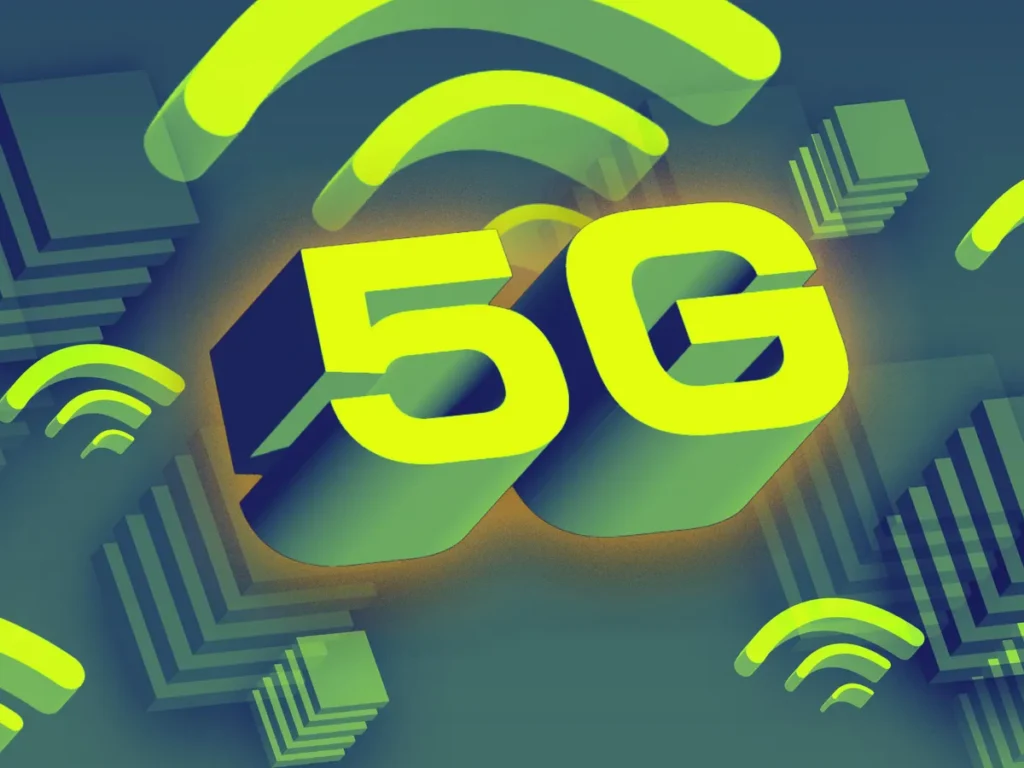

5G Networks: Transforming IoT and Mobile Connectivity
The advent of 5G networks is revolutionizing how we connect to the digital world, paving the way for unprecedented opportunities in the realms of IoT (Internet of Things) and mobile connectivity. This fifth-generation wireless technology is not just about faster internet speeds—it’s about creating a connected ecosystem that is smarter, faster, and more efficient. Let’s explore how 5G is reshaping the digital landscape.
1. Speed and Low Latency: A Game-Changer for Mobile Connectivity
One of the most celebrated aspects of 5G is its blazing-fast speeds and ultra-low latency. This translates to:
- Seamless video streaming, even in 4K and beyond.
- Real-time gaming experiences without lag.
- Instantaneous uploads and downloads, empowering mobile users with unparalleled efficiency.
Low latency also means that applications requiring real-time data exchange—like autonomous vehicles or augmented reality (AR)—can function flawlessly.
2. Revolutionizing IoT: The Foundation of Smart Cities
The Internet of Things thrives on interconnected devices, and 5G is the catalyst for IoT’s growth. With its capacity to support a massive number of devices simultaneously, 5G enables:
- Smart homes with interconnected appliances.
- Smart cities powered by real-time traffic management, energy-efficient systems, and advanced public safety measures.
- Industrial IoT applications like automated manufacturing and supply chain optimization.
The ability to process vast amounts of data at lightning speed ensures IoT systems operate seamlessly, improving efficiency and reducing downtime.
3. Enhancing Mobile-First Experiences
Mobile connectivity has become the backbone of modern life, and 5G is elevating it to new heights. Key improvements include:
- Enhanced AR and VR experiences for mobile users, from gaming to virtual meetings.
- Reliable connectivity in densely populated areas, such as stadiums and urban centers.
- Better support for remote work, education, and healthcare through robust mobile networks.
4. The Role of Edge Computing in 5G
5G’s capabilities are amplified by edge computing, which brings data processing closer to the source of data generation. This synergy:
- Reduces the load on central servers.
- Minimizes latency further, making real-time applications like telemedicine and self-driving cars a reality.
- Enhances data security by processing sensitive information locally.
5. Challenges and Considerations
While 5G is a transformative technology, its rollout comes with challenges:
- Infrastructure requirements, such as installing small cells and upgrading network hardware, can be costly and time-intensive.
- Ensuring cybersecurity in a hyper-connected world is paramount, as more devices create more vulnerabilities.
- Accessibility and affordability of 5G services need to be addressed to bridge the digital divide.
Conclusion: A Connected Future
5G is more than just an evolution in network technology—it’s a revolution that will redefine how we live, work, and interact with technology. From smarter cities to more immersive mobile experiences, 5G is the foundation of a more connected and efficient future.
As 5G continues to expand globally, the opportunities it brings will shape industries and communities alike, empowering us to explore the full potential of IoT and mobile connectivity.



